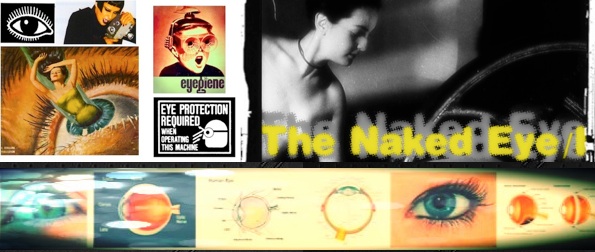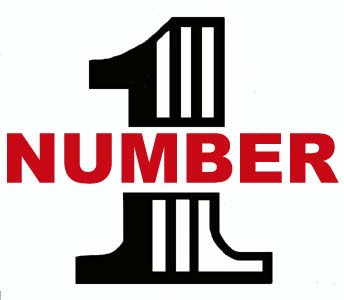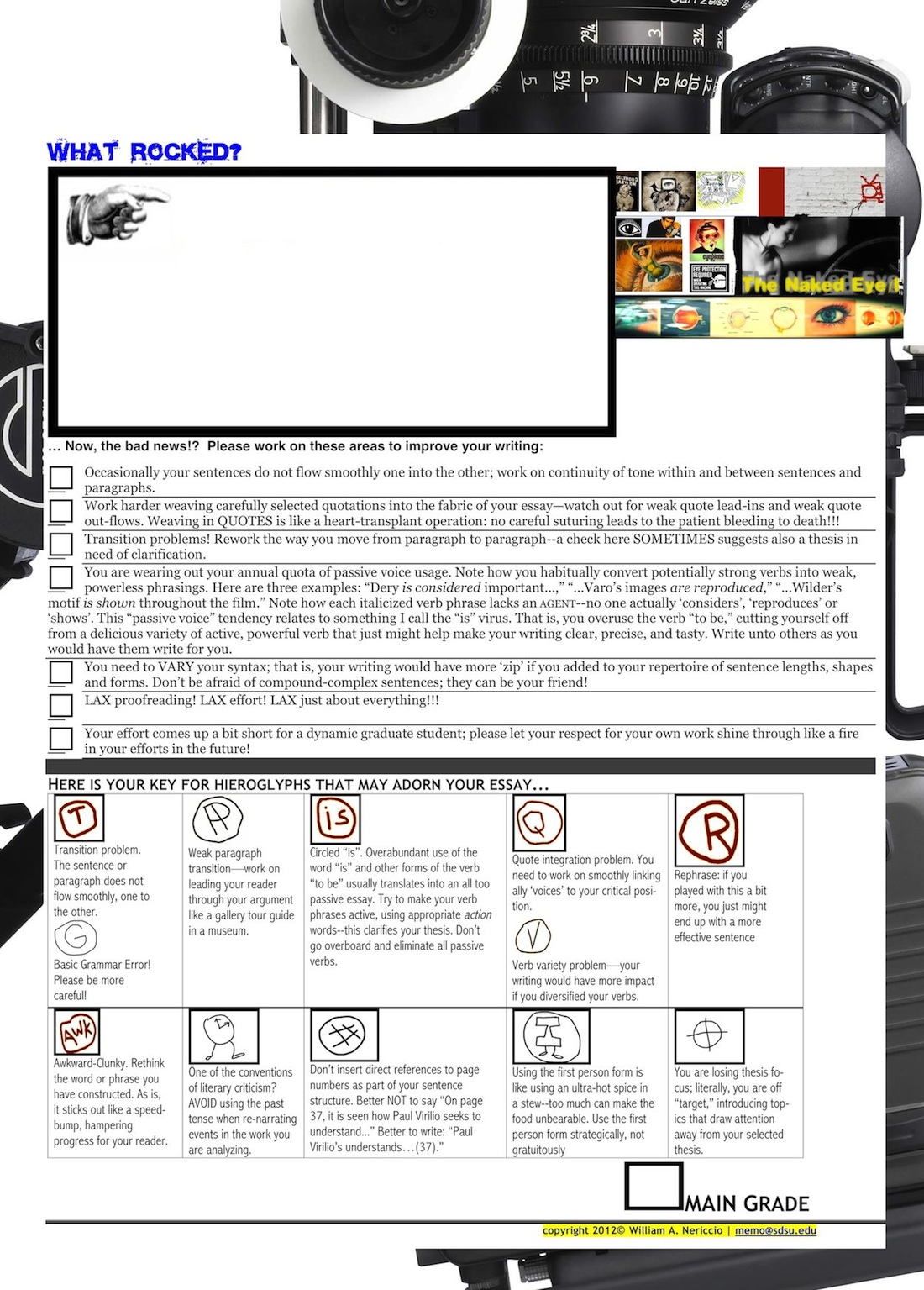 |
| Engl 220 The Naked EYE/I | Spring 2012 | W. Nericcio & Company |
|
urgent issues? email: memo@sdsu.edu | phone: 619.594.1524
You will not write this kind of essay, opting instead to produce something that is less product and more process, less finished, museum-bound artifact, and more beautiful symphony. Allow the OED, the Oxford English Dictionary to show you the "guts," the DNA of the term "essay," with its Jeckyll/Hyde twin, "assay": [a. OF. essai, essay: see ASSAY n. For several of the senses see also SAY.
In 18th c. the accent. was sometimes on the 2nd syll.] I. The action or process of trying or testing. 1. A trial, testing, proof; experiment; = ASSAY n. 1, 3. Obs. c1600 SHAKES. Sonn. cx, Worse essays proved thee my best of love. 1605 BACON Adv. Learn. II. vii. §7 Democritus..attributed the form thereof [of the ‘frame of things’] able to maintain itself to infinite essaies or proofs of nature. 1631 HEYLIN St. George 247, I will make bold to venture on it, by way of tryall and essay. 1648 Eikon Bas. 26 It was the first overt Essay to be made, how patiently I could bear the loss of my kingdoms. 1660 SHARROCK Vegetables Ep. Ded., You were pleased to judge me able, and..to propose..that I should make an essay of that ability. 1704 ADDISON Italy (1733) 195 After having made Essays into it, as they do for Coal in England. 1745 De Foe's Eng. Tradesman I. xii. 98 He has made an essay by which he knows what he can, and cannot do. 1812 J. HENRY Camp. agst. Quebec 28 From the essays made, it seemed to me that, etc. b. spec. The trial of metals; = ASSAY 6. Obs. So, for the purposes of this writing/research challenge, I am asking for you to return to the origins of the essay. Your mandated task is to make a sincere attempt (a trying, a testing, a rehearsing) to produce a set of ordered reflections, a group of carefully arranged tasty words that respond in some way to the novels, films, art, cultural criticism, and lectures you have worked through and will continue to work through in the coming weeks. Are you writing for your professor and your talented team of GTAs? In a way, of course
you are. But
in order to do well on this assignment, you must forget about your peculiar guide--the
only people who count are the readers you write for: the audience for your
paper.
Who are they? Well, they are a lot like you. They are impatient and easily bored. They like specific details; they love direct, succinct quotes woven carefully into the fabric of an essay. If you are going to write about an image, they want to see a xeroxed reproduction of that image properly captioned and carefully catalogued in your list of works cited. They hate misspellings and passive verbs. They like tangy language which is fresh and not filled with predictable clichés. Specifications, you ask? Here they are: Your
essays will run anywhere from 3 to 5 pages
(tops). At the top of the first page, above your title, you will write out the prompt to which you are responding. Your essay will be cleverly titled, double-spaced, have 1-inch margins
top and sides and be carefully
proofread; additionally, it will be chock-full of active verbs and, in
general, have syntactic variety so as to avoid the dangers of the IS
VIRUS; use MLA or University of Chicago-style works cited pages. Your works of genius are
due Thursday, October 18, 2012 in class--you will walk into class on
time and drop your paper into the decorated receptacle that corresponds
to your specific section (there will be one other bag with my name on
it as well). All A-level critical speculations will integrate carefully selected direct quotations from the primary texts and will avoid ALL of the quicksand-like bad habits noted here on the gradesheet to your right--click it to make it readable. gradesheet. High A-level works will makes use of secondary research discovered either by prowling the stacks, the shelves of books that fill Love Library, aka the Library of Love, or that you can gather off of JSTOR or PROJECT MUSE--be sure to CITE THESE WORKS CAREFULLY... One last bit of advice, do NOT plagiarize ANY material from the internet; unCITED material = PLAGIARISM; also, if you are going to "quote" a passage from an illustrated text, go to the bother of xeroxing the image and incorporating it INTO your essay.
Choose ONE of the following prompts... 1. Sabotaging Conventions Both Frida
Kahlo and Michael Powell break conventions to create their art. Would
either of these artists have been as remarkable if they
had not deviated from the standard? Explore particular aspects each of
these artists employed that either worked especially well in the
creation of an amazing end product or hindered readers/viewers' larger
appreciation of their work. 2. Alienation, Alienation What is the function of alienation in art? To what extent do Franz Kafka and Orson Welles alienate their audiences, and for what purpose? Examine the technical strategies both artists use and note the similarities/differences in their approach. 3.The Old Switcheroo Adapt ideas from the TOUCH OF EVIL chapter of Tex[t]-Mex but apply them NOT to Orson Welles's TOUCH OF EVIL, but to Michael Powell's PEEPING TOM 4. Freud on the run Take any essay from the Freud collection, THE UNCANNY, and use his work as a tool to decipher the complexities of Kafka and Orson Welles. 5. Literary Criticism Contrast the psychological narrative techniques of Kafka and Hoffman in "The Metamorphosis" and "The Sand-Man." Be sure to incorporate at least one piece of literary criticism as a resource for each of the works. There are great FREE resources online provided by the SDSU Library: PROJECT MUSE and JSTOR. 6. Film and Literature Using specific references to film techniques used in TOUCH OF EVIL and PEEPING TOM, discuss how Michael Powell and Orson Welles would differ in adapting Kafka's "The Metamorphosis." 7. More Freud (with Frida) Read the first three Freud essays included in the collection THE UNCANNY--adapt Freudian theoretical moves as you execute close analyses of at least three of Frida Kahlo's paintings. 8. Oscar Wilde and Michael Powell Both THE PICTURE OF DORIAN GRAY and PEEPING TOM can be thought of as nuanced meditations on the relationship between psychology and representation, the psyche and narcissism; in a nuanced, carefully crafted essay, explore the overlaps and conflicts between the writing of Wilde and the cinema of Powell. 9. John Berger on Zarate and Crumb Using the writings of John Berger et al, (see assignment for October 4, 2012 in you day to day calendar), contrast the strategies of Oscar Zarate and Robert Crumb when it comes to adapting Freud/Kafka 10. Kafka, Meet Wilde; Wilde, Meet Kafka Establish a connection between the fiction of Franz Kafka and Oscar Wilde and explore these links in a cogent, well-crafted essay. 11. ENOUGH ALREADY with the Naked Eye/I While "The Naked Eye/I" is a catchy enough name for our English 220 seminar, a careful reading of the texts we have surveyed in class thus far this semester would be equally well-served if we had entitled this class _______________________. Write an essay using close reading and specific examples (word and image) to make the case for a different way of thematically organizing this class. 12. The Scene of the Crime Choose a still image from Peeping Tom and compare / contrast it with Kahlo's "A Few Small Nips." Which murder scene is more horrifying to you, and why (note that A-level essays will include sources/research that speak to the compexities of murder and its representation)? Is Kahlo's proto-self-mutilation via canvas easier or more difficult to accept than Mark Lewis' mutilation of others? Is Kahlo more similar to Mark Lewis or to Michael Powell, the director of Peeping Tom? In what ways? Use any or all of the following terms: doppelgänger, mannequin, monster, displacement, projection, self, other, observer, observed. 13. Kafka's Watchful Eye in the Sky Watching and
being watched is no longer simply a literary tool, but a part of our
everyday lives. According to the Association of Chief Police Officers,
there are 1.85 million closed-circuit TV cameras in the United Kingdom. 14. Women on the Mind 1. Compare and
contrast Frida Kahlo's treatment of/views on women with those to be
found in the work of Sigmund Freud--you are not limited to Freud's
writings in THE UNCANNY collection; you can also look up specific
pieces on women in the Collected Works, edited by James Strachey. 15. Determining/Exploring Male Sexuality Detail if and how Franz Kafka's treatment of sexuality in "The Metamorphoses" differs from "normative" concepts of straight male sexuality today--you will want to research recent journal articles concerning the construction of male sexuality. 16. Roll your own... Develop and refine your OWN independent thesis; you MUST bring your proposal to me by Thursday, October 11nth, in class (typed, please). You are also welcome to run it by me in person during office hours or by appointment--ON or BEFORE Thursday, October 11, 2012. Have fun!
|
 IMAGINATION FESTIVAL
IMAGINATION FESTIVAL 

 Last
hint? Have a blast with this paper! Try things you have NEVER tried
before! Test the limits of your imagination! Especially for graduating
seniors: put everything you know on and between the lines of your big
scary imagination blow-out! Good luck:
Last
hint? Have a blast with this paper! Try things you have NEVER tried
before! Test the limits of your imagination! Especially for graduating
seniors: put everything you know on and between the lines of your big
scary imagination blow-out! Good luck:  Write unto others as you would have them write for thee!
Write unto others as you would have them write for thee!